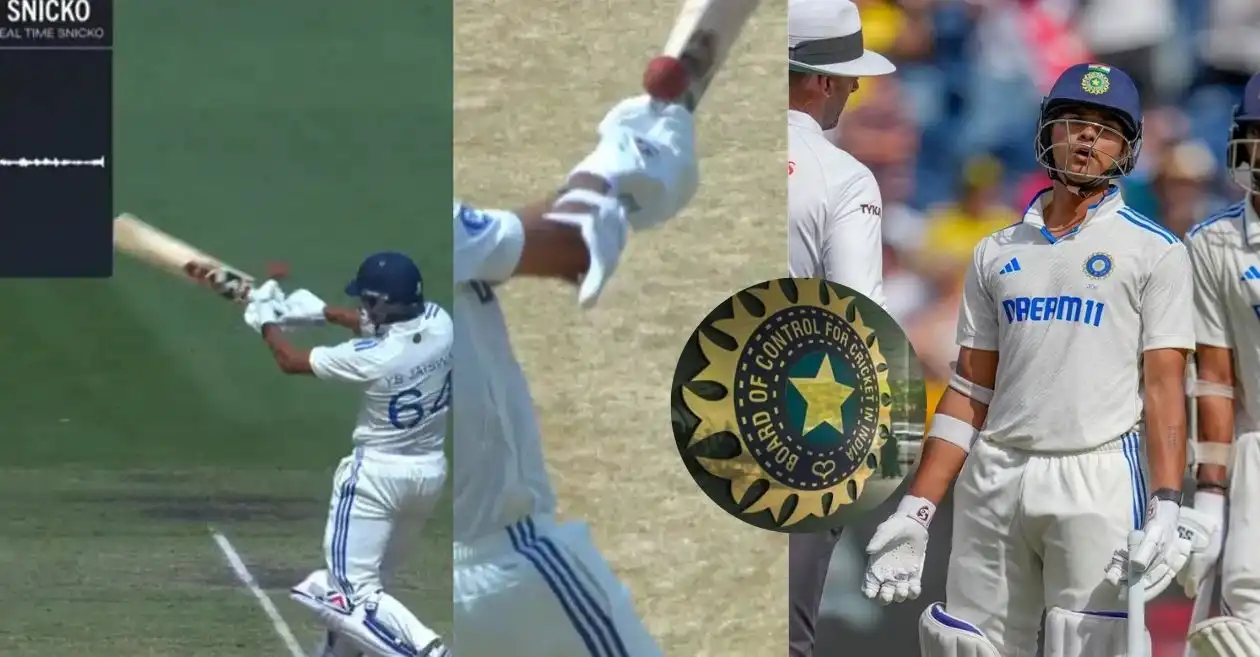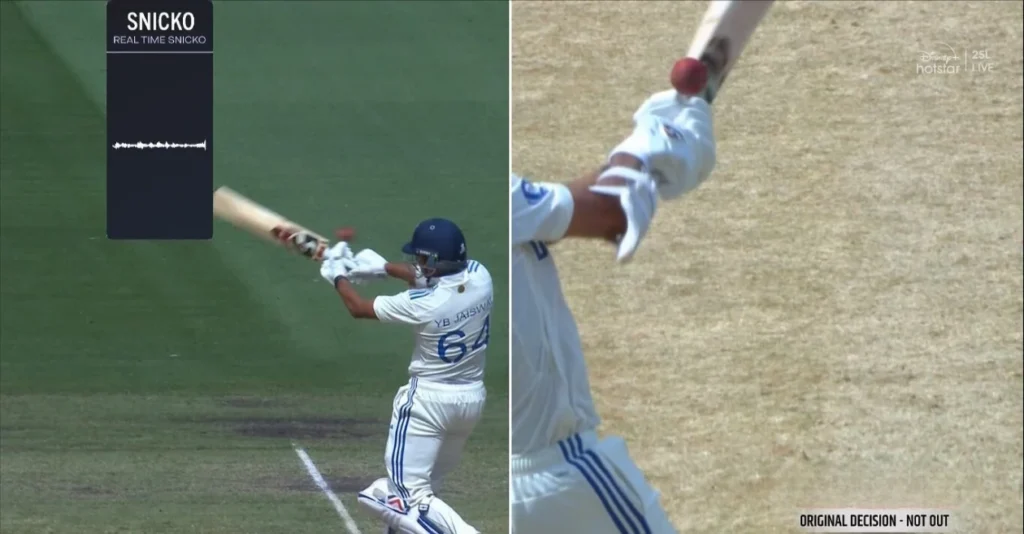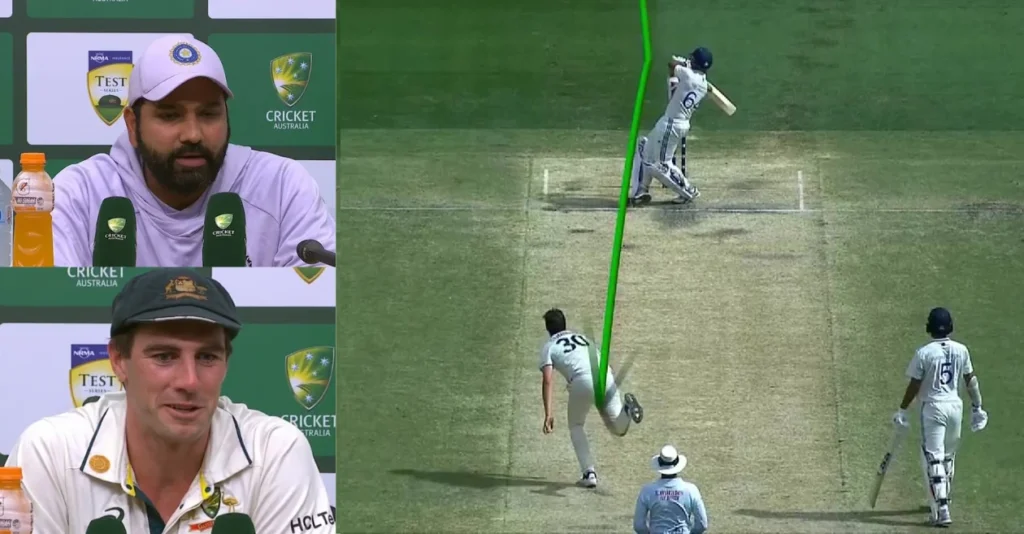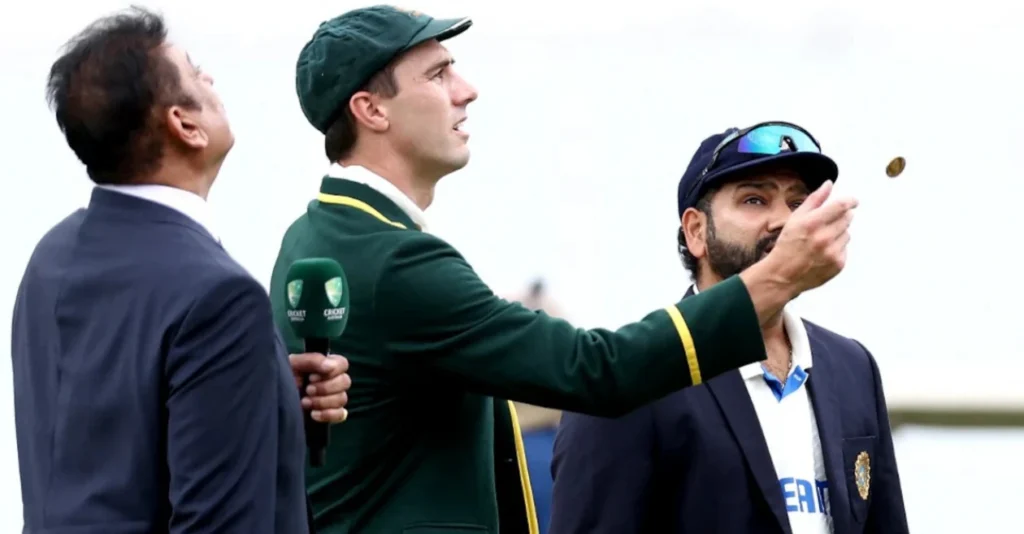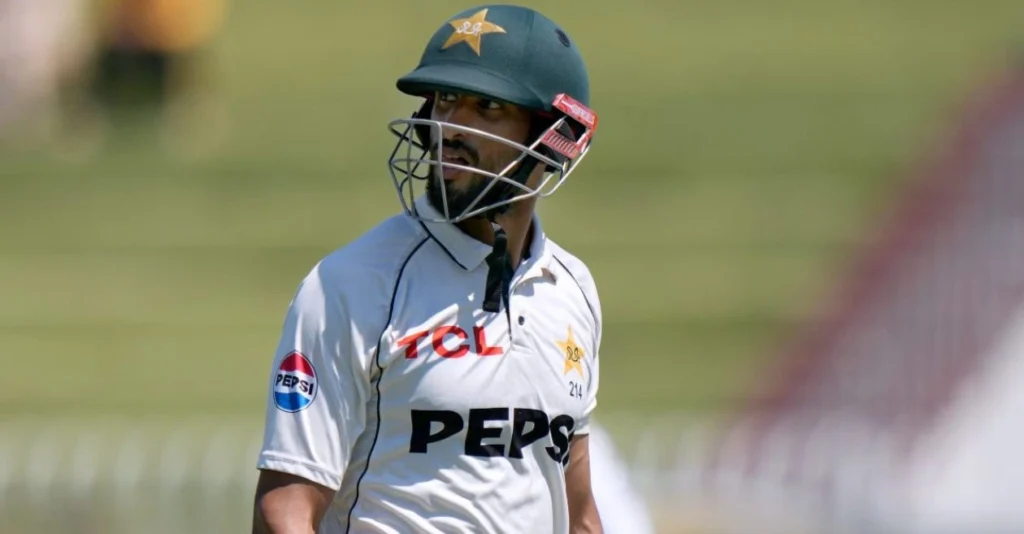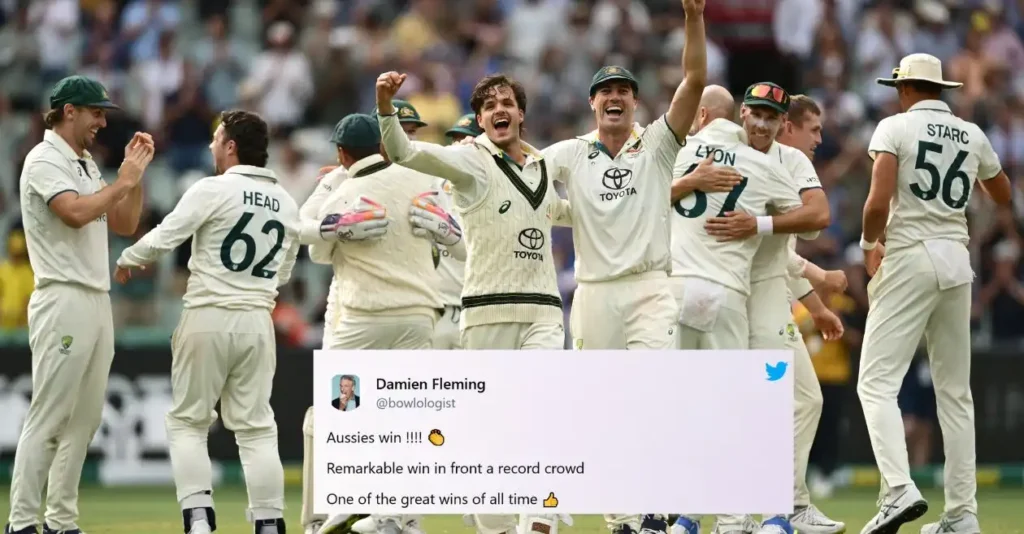He St. Stephen’s Day Quiz between Australia and India at the Melbourne Cricket Ground (MCG) concluded in dramatic style, leaving fans, players and officials debating the reliability and use of technology in cricket. The match, in which Australia cruised to a 184-run victory, was overshadowed by the controversial dismissal of the young Indian opener. Yashasvi Jaiswal.
Controversial DRS decision puts an end to Yashasvi Jaiswal’s brilliant knock
Jaiswal, who was anchoring India’s chase with a resilient 84, faced a crucial moment in the 71st over. Trying to get a short delivery from the Australian captain Pat Cumminsthe ball appeared to graze Jaiswal’s bat and gloves, leading to an appeal for dismissal for entrapment. On-field umpire Joel Wilson initially ruled Jaiswal out, but following a DRS (Decision Review System) review by Australia, the third umpire overturned the decision based on visual evidence of a deviation, despite the absence of a peak on the Snickometer.
BCCI vice president raises the issue
This decision has sparked significant reaction from the cricket community, particularly from the senior member of the Board of Control for Cricket in India (BCCI). BCCI Vice President Rajeev Shukla expressed his discontent and took to social media to express his views.
“Yashaswi Jaiswal was clearly not out. The third referee should have taken note of what the technology suggested. While the ruling field umpire, the third umpire should have solid reasons,” wrote Mr. Shukla on X (formerly Twitter).
Yashaswi jayaswal was clearly not out. The third referee should have taken note of what the technology suggested. While the ruling field umpire, the third umpire should have solid reasons. @BCCI @ICC @ybj_19
– Rajeev Shukla (@ShuklaRajiv) December 30, 2024
READ ALSO: AUS vs IND [WATCH]: Yashasvi Jaiswal reverses Mitchell Starc’s bail ritual to protect Rishabh Pant’s wicket on Day 5 of the MCG Test
Cricket legends join the debate
The dismissal was not just due to the loss of a key batsman but raised questions over the interpretation of technology in cricket’s DRS system. The debate centered on whether visual evidence of a deviation should replace the absence of sound on the Snickometer. Cricket legends like Sunil Gavaskar They were also critical: Gavaskar described the decision as an “optical illusion” and questioned the very purpose of using the technology if it is not fully considered.
The incident has fueled debates about the balance between human judgment and technological aids in cricket. Former Australian captain Ricky PontingHowever, he defended the decision stating that there was clear contact with Jaiswal’s glove. This opinion was shared by the former referee. Simon Taufelwho argued that visual evidence of a deviation was sufficiently conclusive, suggesting that not all decisions need further technological corroboration when visual evidence is evident.

 Workout
Workout
 Meditation
Meditation




 Contact Us
Contact Us
